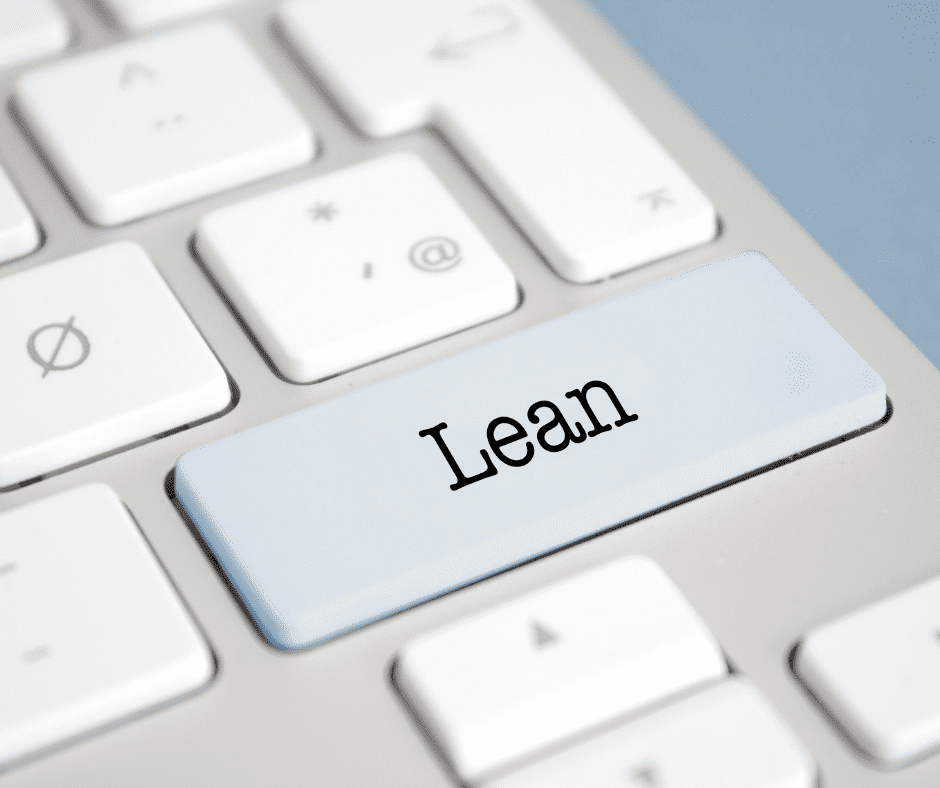By Laser 1 Technologies
Boosting Efficiency During Covid-19
Manufacturing has always been driven by efficiency.
As we face the challenges of COVID-19 – disrupted supply and demand, worker absenteeism, reinventing our internal systems and procedures – efficiency becomes ever more critical.
Businesses everywhere have endured costly disruptions and have had to lay out money for unanticipated expenses, such as PPE (personal protective equipment), extra cleaning, improved ventilation and increased training to safety protocols. Increased efficiency is one way to reclaim these expenditures.
Many manufacturers need to reduce the number of personnel on the shop floor, to accommodate social distancing directives. This staff reduction demands greater efficiency as well.
Of course, we’ve all been pursuing increased efficiency for decades, but we still need to up our game if we want to survive. Many of us are facing a dilemma: Should we invest in costly labor-saving technology in order to improve efficiency, at a time when production is down and demand is uncertain?
Industry 4.0 Innovations for Increased Efficiency
A lot of the improved efficiencies we all seek come under the general banner of Industry 4.0.
Robotics, IoT (Industry of Things), AI (Artificial Intelligence), Remote Collaboration, Big Data. Increased automation in general. Implementing some of these innovations is a potential fast-track to greater efficiency. This constellation of technologies confers value by allowing management to make informed, real-time decisions based on a constellation of factors which are hard to integrate without technology and sophisticated computing power.
Increased automation has multiple benefits. As the human element is eliminated, payroll goes down. A smaller staff also makes it that much easier to comply with safety protocols in the COVID era. Any work that can be made remote, such as observation of essential equipment, also increases efficiency by minimizing on-floor staff.
IoT technology and IoT-connected wearables can be employed to monitor worker movement and help enforce social-distancing, as well as improve digital contact tracing.
These possibilities are all exciting, and the efficiency they can confer is attractive, but the significant capital expenditures they entail mean these options have to be carefully considered. The more complex and transformative an innovation is, the more it is likely to cost.
Narrowing focus on increasing efficiency in a specific area is a good start.
Evaluate automation solutions to reduce the number of workers on the factory floor. Perhaps start by automating repetitive tasks such as assembly; integrating autonomous materials movement; or engaging AI and IoT for predictive maintenance.
Increased Integration Demands Increased Cyber Security
System resiliency and cyber security must go hand in hand with Industry 4.0 improvements. The high, granular degree of remote access to core systems these technologies demand make data more vulnerable to dangerous breaches.
In manufacturing, the pursuit of efficiency is a Sisyphean task. Accept that it is a journey, not a destination. Staying competitive has always demanded ever-increasing efficiency, regardless of how much disruption you face.




